Nissan is rated as junk stock by credit rating agencies, and this century-old car company is now struggling for survival
 JohnFeb 25, 2025, 12:43 PM
JohnFeb 25, 2025, 12:43 PM
【PCauto】Recently, international credit rating agency Moody’s downgraded Nissan’s rating to Ba1, a level considered as junk status, indicating that Nissan now faces a markedly increased risk of default—an explosive blow that has only exacerbated the company’s already severe challenges. In recent months, Nissan’s trajectory has been nothing less than tumultuous.

Just last year, Nissan found itself pushed to the brink. A senior Nissan executive revealed that the company’s available cash reserves would only be sufficient to sustain operations for another 12 to 14 months. In a desperate bid to preserve liquidity, Nissan initiated a series of self-rescue measures.
First, the company opted to trim its global production capacity by 20% and lay off 9,000 employees in a bid to slash costs through downsizing. Leading by example, Nissan CEO Makoto Uchida and members of the management committee voluntarily cut their salaries by 50% in an effort to stabilize the company’s finances. Meanwhile, Nissan divested a 10% stake in Mitsubishi, raising 68.64 billion yen in cash to help cover operating expenses.
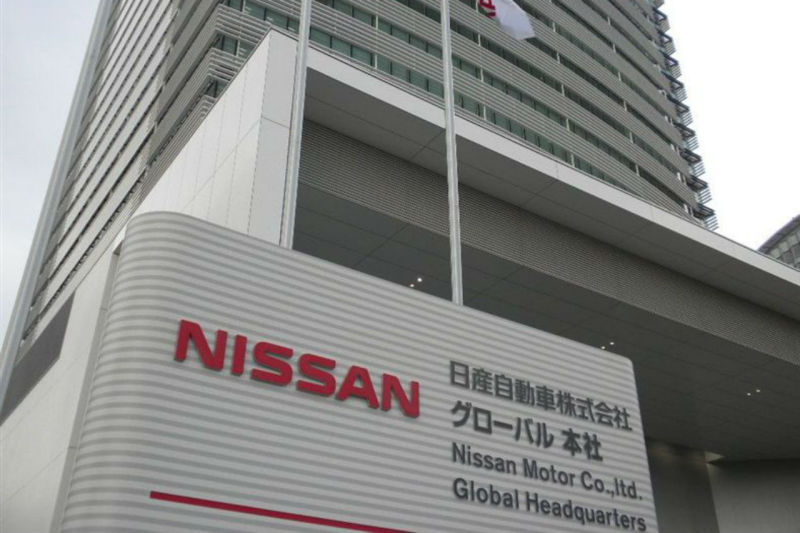
Alongside its internal austerity, Nissan also pursued external partnerships. On December 23, 2024, Honda and Nissan jointly announced in Tokyo that Honda, Nissan, and Mitsubishi had signed a memorandum of understanding. While Honda and Nissan entered merger negotiations, Mitsubishi began exploring the possibility of joining the merger. Had the deal materialized, the resulting entity would have emerged as a world-class mobility giant, with annual sales topping 30 trillion yen, operating profits exceeding 3 trillion yen, and vehicle sales surpassing 8 million units—ranking it as the third-largest automaker globally, behind only Toyota and Volkswagen.
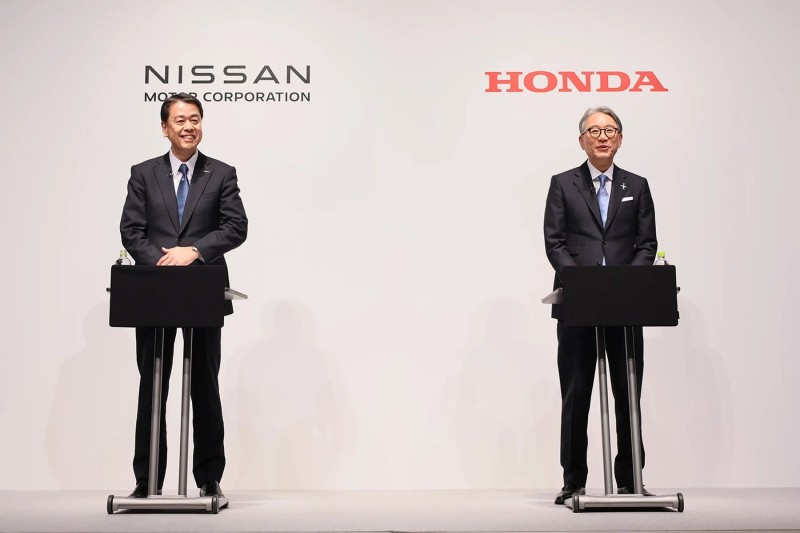
However, the highly anticipated merger negotiations collapsed after just a month and a half. The deal unraveled primarily due to disagreements over shareholding ratios. With Honda’s market capitalization being roughly four times that of Nissan, and with a more robust business scale and financial footing, it was initially agreed that Honda would lead the new holding company, with its nominees assuming key roles including that of president. Later, Honda’s move to acquire 100% of Nissan’s shares clashed with Nissan’s insistence on maintaining an equal stake.
Beyond shareholding disputes, significant differences emerged in their technological strategies. Nissan intends to accelerate the development of its e-Power hybrid technology and pursue a fully electric trajectory, whereas Honda remains committed to hydrogen energy—having launched the Clarity hydrogen fuel cell vehicle and partnered with General Motors on next-generation hydrogen systems. During negotiations, Nissan pressed for the abandonment of Honda’s hydrogen project, while Honda argued that a complete pivot to electric posed excessive risk. Moreover, unresolved differences in corporate culture, management styles, and strategic priorities further widened the divide.
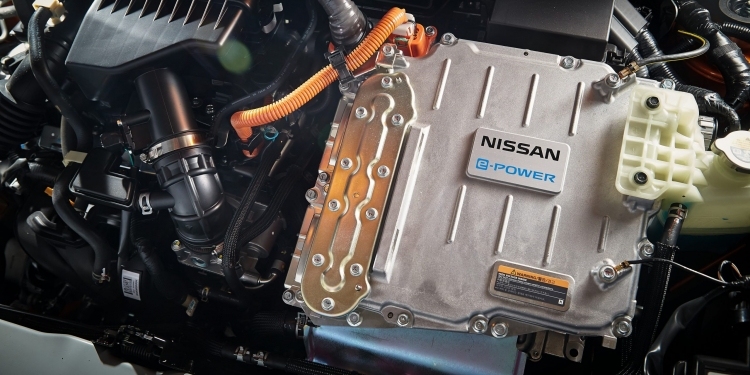
So, how did Nissan—a storied automaker with more than a century of legacy—descend to this predicament? Externally, the global auto industry is undergoing a sweeping transformation toward electrification and smart technologies. While companies like BYD and Tesla have swiftly captured significant market share in the electric vehicle sector, the sluggish transition by Japanese automakers has resulted in a severe erosion of market share. In 2024, BYD achieved annual sales of 4.27 million vehicles, ranking it as the world’s fifth-largest automaker, whereas Nissan’s sales barely reached 3.35 million units.
Internally, Nissan’s long-established success in the fuel-powered era has, paradoxically, become a liability in its transition to electric mobility. The company’s traditionally conservative decision-making and delayed adoption of new energy technologies have left it trailing behind more agile competitors in both R&D and speed to market. Furthermore, internal management issues and strategic miscalculations—exemplified by the failed merger talks with Honda—have compounded its difficulties, representing a lost opportunity that might have provided a crucial lifeline.

At present, despite having set out a turnaround plan for the fiscal year ending 2026—which includes cost cuts of approximately 400 billion yen, new model launches, and organizational streamlining—Nissan still faces formidable challenges. The pressing question remains whether its current cash reserves are sufficient to support the ambitious turnaround and whether it can secure a truly supportive external partner. With its future cloaked in uncertainty, this century-old brand now stands at a critical crossroads, anxiously awaiting a chance for redemption and rebirth.
If any infringement occurs, please contact us for deletion
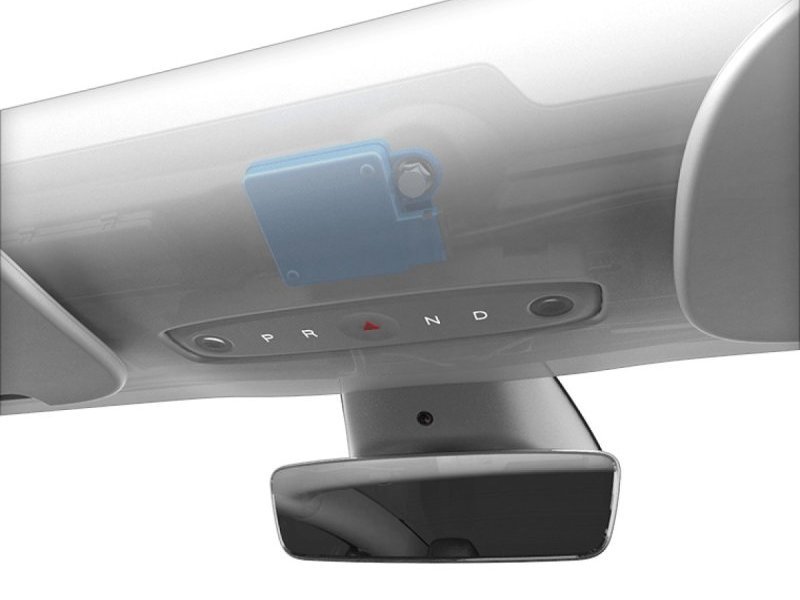
Tesla pushes 2025.2.6 update in North America, activating the hidden millimeter-wave radar in Model Y
[PCauto] In February 2025, Tesla rolled out the 2025.2.6 software update for 2022 and subsequent Model Y models in North America.The highlight of this update is the activation of the hidden millimeter-wave radar hardware in the Model Y cockpit. This AWR6843 chip supplied by Texas Instruments, has three transmitting antennas and four receiving antennas, operating on a frequency band between 60-64 GHz, with a horizontal field of view of 120 degrees and a vertical field of view of 60 degrees.Once a
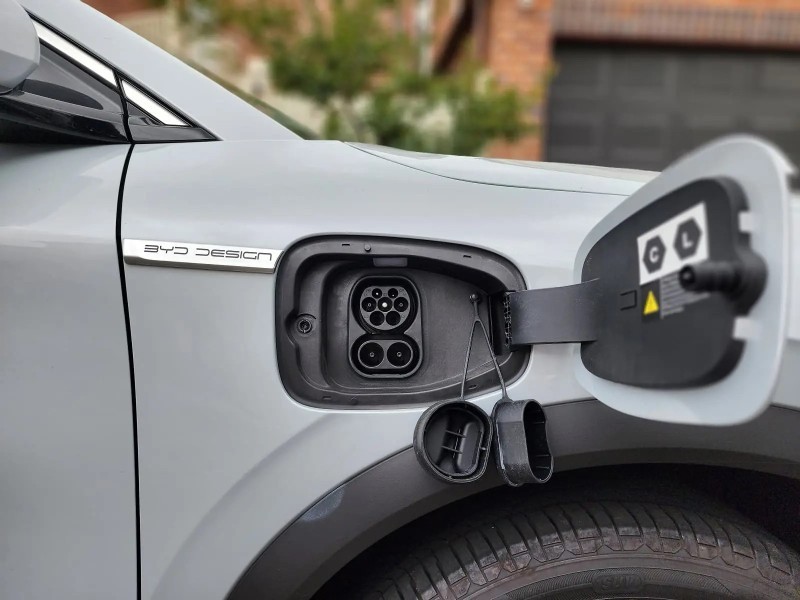
BYD Plans to Promote 1000V High Voltage Super Charging Stations and Its Models on a Large Scale
【PCauto】Recently, the news that BYD plans to massively implement a 1000V high-voltage supercharging platform has attracted widespread attention. It is reported that this platform will be launched in the middle of March this year and supports super-fast charging above 5C. After its release, it will quickly be popularized to its own models and large-scale construction of 1000V supercharging stations.This move will undoubtedly set off a wave in the new energy vehicle market. Let's delve into the te
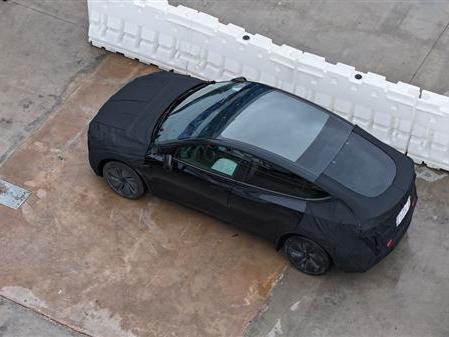
Tesla's Texas factory was caught testing vehicles, suspected to be Model Q
【PCauto】Recently, a blogger captured a disguised Tesla test vehicle while filming a drone over Tesla's Texas super factory. This discovery has sparked widespread speculation, as the new Model Y has been openly pre-ordered and there is no need to disguise, so it is speculated that this car may be the cheapest model Model 2 or Model Q (internal code name Project Redwood) that Tesla plans to launch.Speaking of this mysterious Model Q, Musk has already revealed that it will be a "smaller" version of
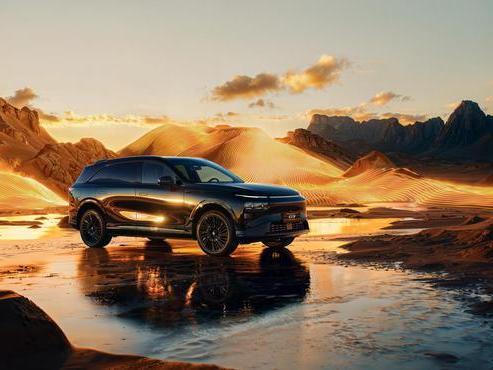
XPENG G9 is about to be launched in China, bringing 66 upgrades in features
【PCauto】XPENG has recently announced that the 2025 XPENG G9 will soon be launched in China. Although the official did not announce the time and price, the success of XPENG G6 and X9 has rekindled expectations for the once-failed G9 by XPENG. In terms of appearance, the G9 continues the X-BOT FACE 3.0 design language, with a closed grill at the front paired with split-style headlights on both sides, new two-tone collision colors and all-black body styles, with a petal-style wheel hub. Combining
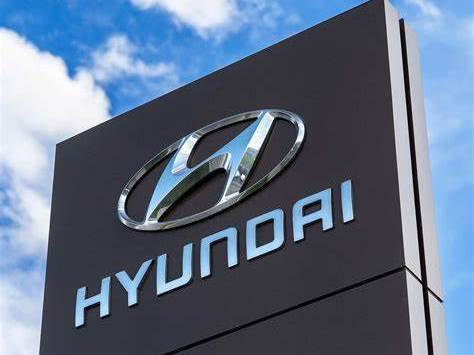
Hyundai is to launch an all-solid-state EV battery production line, but who's leading?
【PCauto】News reveals that Hyundai will launch an all-solid-state EV battery production line next month, with a ceremony to be held at the next-generation battery research center in Uiwang, South Korea.This production line will serve as a pilot production for the all-solid-state 'Dream' EV battery. In 2023, Hyundai proposed plans to become a leader in the electric vehicle battery field, investing over $9 billion in the battery sector within 10 years, including Lithium Iron Phosphate (LFP) and Lit
Popular Cars
Car Compare

